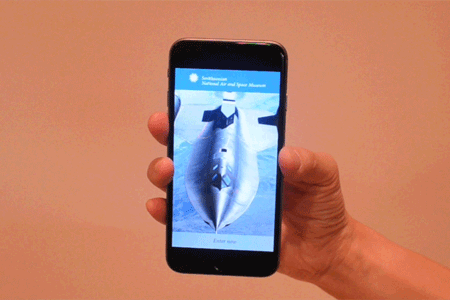CMDeviceMotion yaw values unstable when iPhone is vertical
In a iOS prototype I use a combination of CMDeviceMotion.deviceMotion.yaw and CLHeading.trueHeading to make stable compass heading that is responsive and accurate. This work
-
The problem is a bit confusing because there are at least two different ways to think about Yaw. One is from the phone's perspective, and one from the world perspective.
I'll use this image from Apple to explain further:
If the phone is flat on a table:
- Rotations along the phone's yaw (or Z axis): change the compass heading.
- Rotations along the phone's roll (or Y axis): do not change compass heading.
If the phone is flat against a wall:
- Rotations along the phone's yaw (or Z axis): do not change the compass heading.
- Rotations along the phone's roll (or Y axis): change the compass heading.
If you want the phone's compass heading while vertical
Use blkhp19's code above which sums up yaw and roll. If you import
SwiftUI, you can leverage theAnglestruct to make radian + degrees conversion easier:let yaw = Angle(radians: deviceMotion.attitude.yaw) let roll = Angle(radians: deviceMotion.attitude.roll) var compassHeading: Angle = yaw + roll if roll.degrees < 0 && yaw.degrees < 0 { compassHeading = Angle(degrees: 360 - (-1 * compassHeading.degrees)) }If you want rotations along the phone's yaw axis while vertical
You'll need to use
atan2and inspect gravity as in this example.let rotation = atan2(data.gravity.x, data.gravity.y) - .piAlso note that if you don't need the actual angle, and all you need is the relationship (e.g. isPhoneUpright), you can simply read gravity values for those.

- 热议问题

 加载中...
加载中...